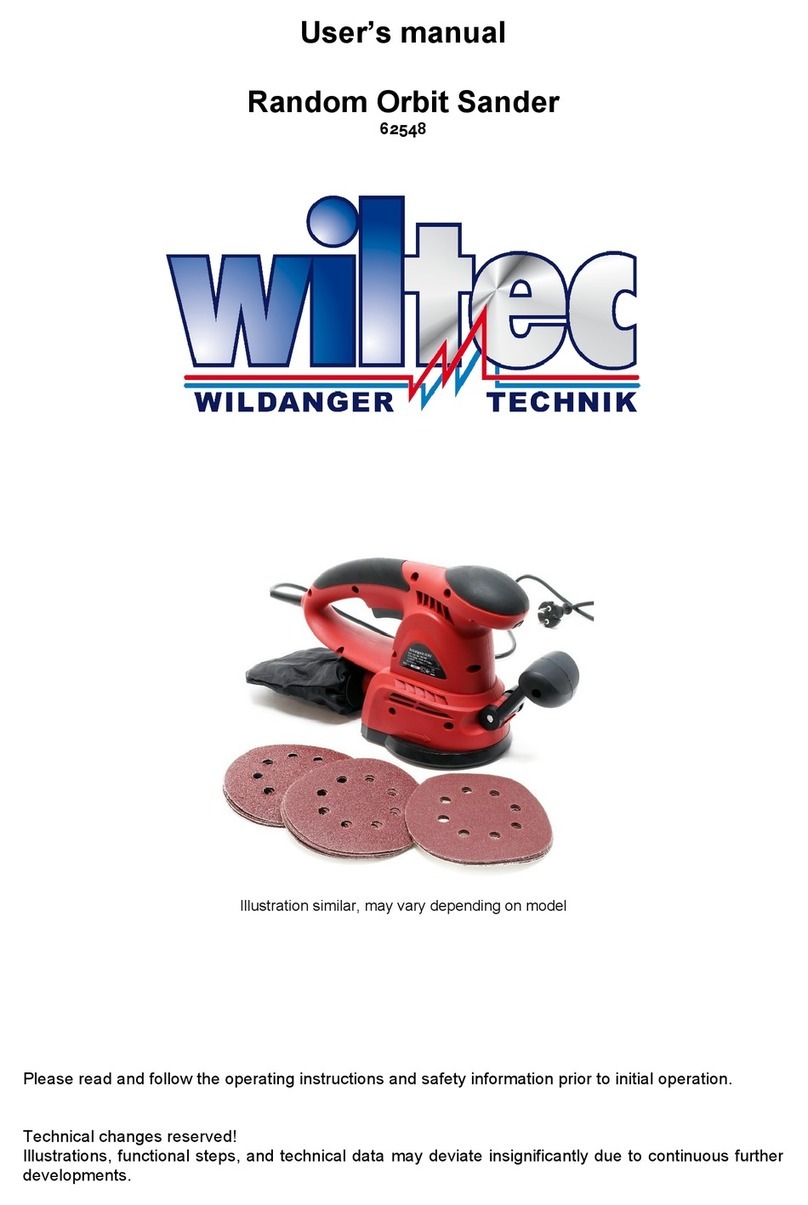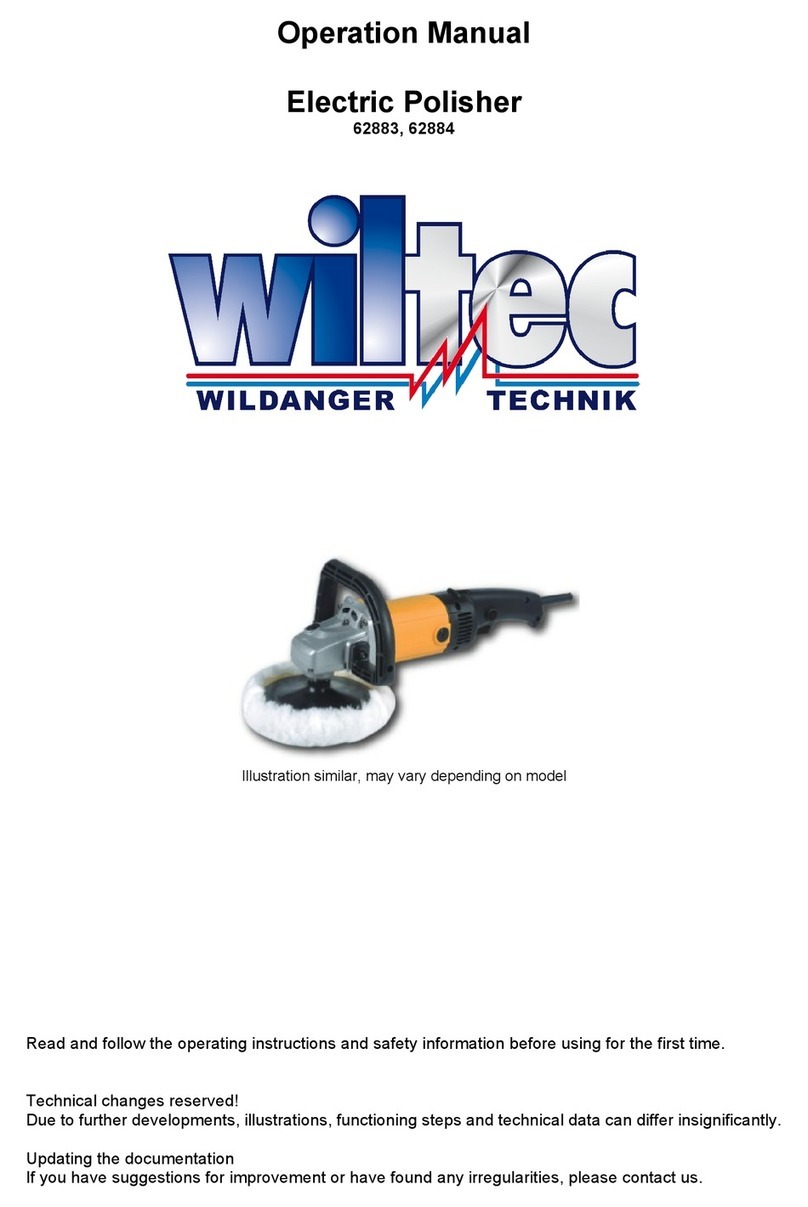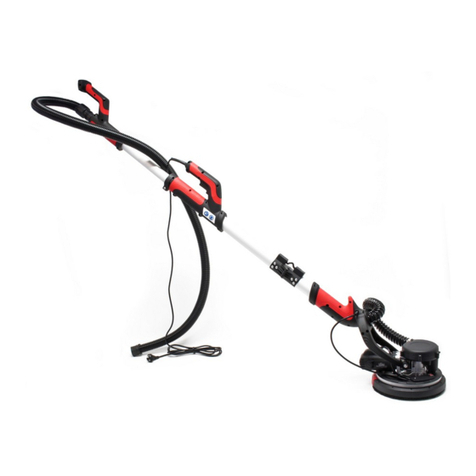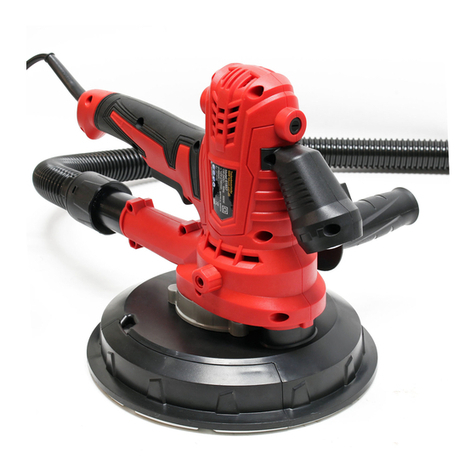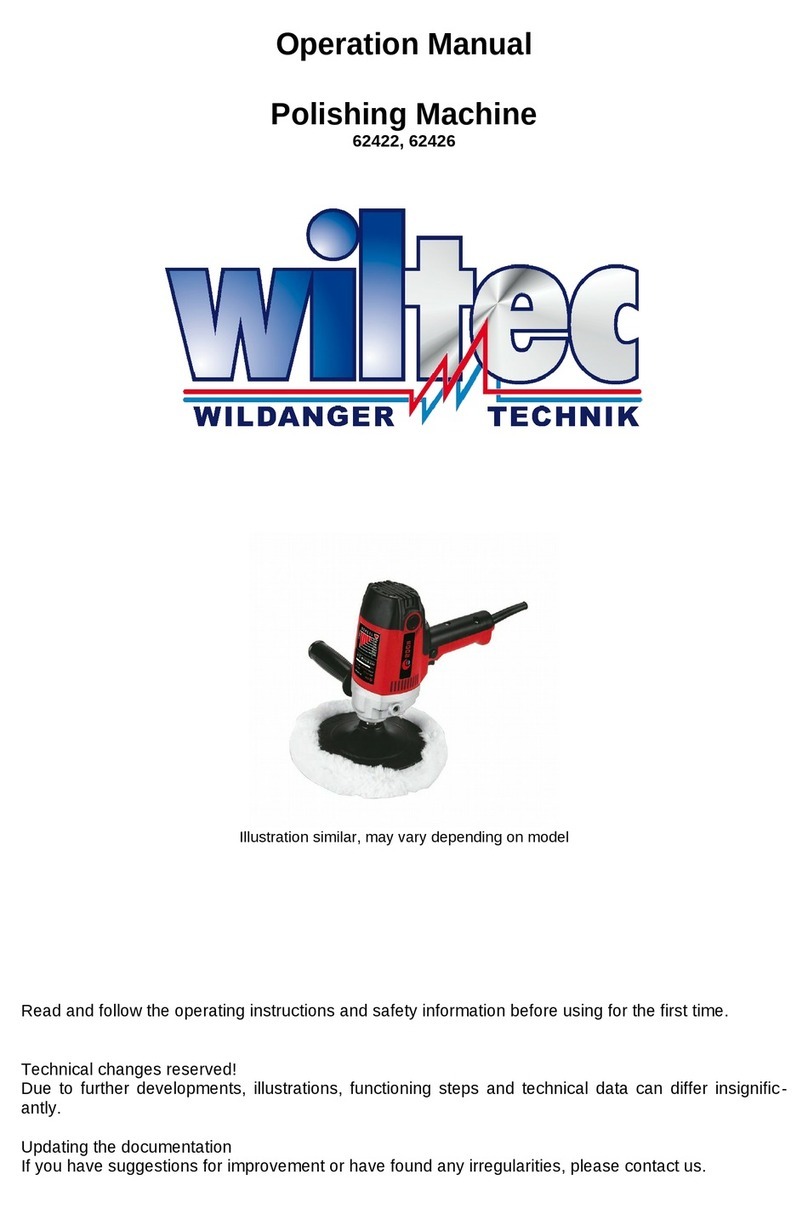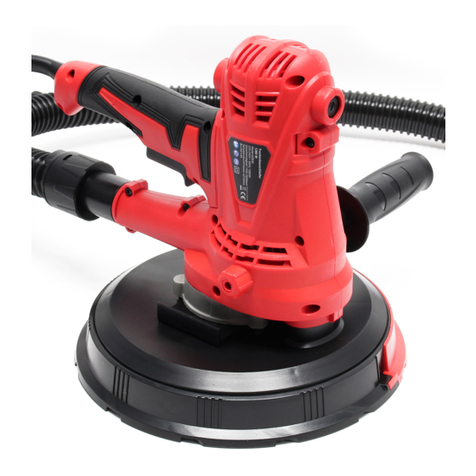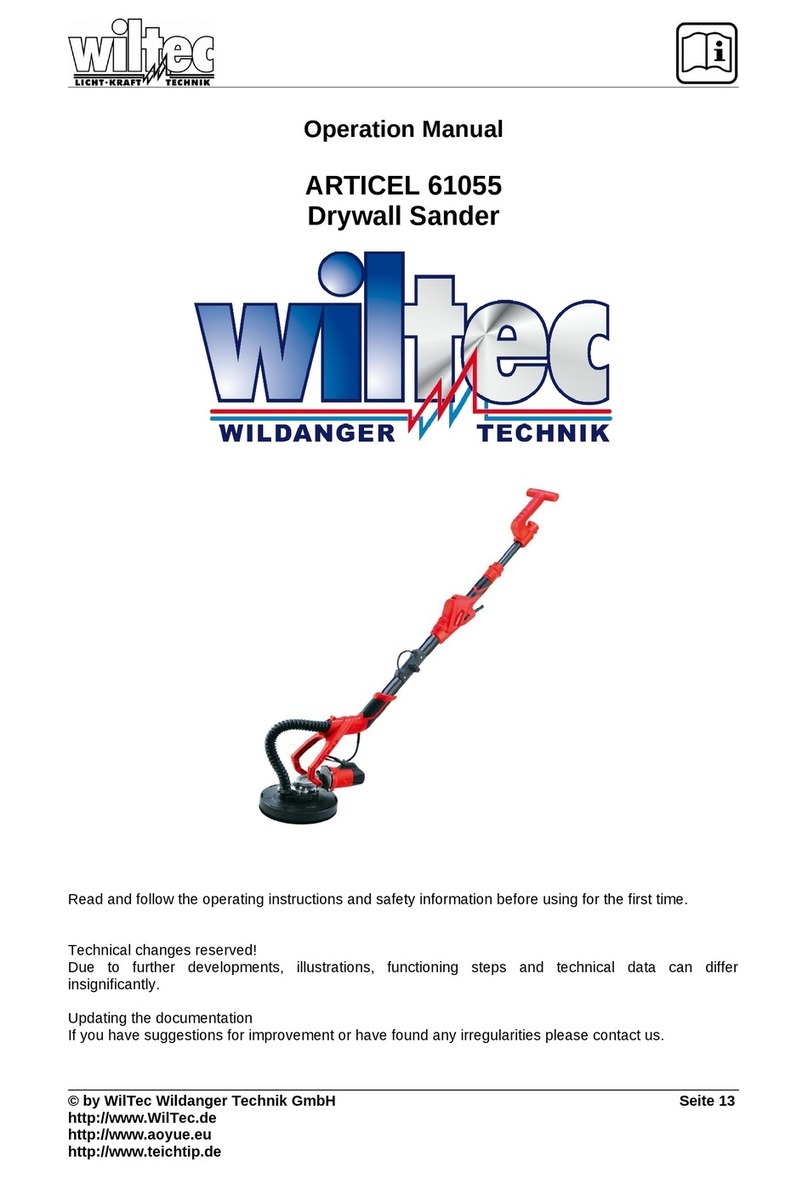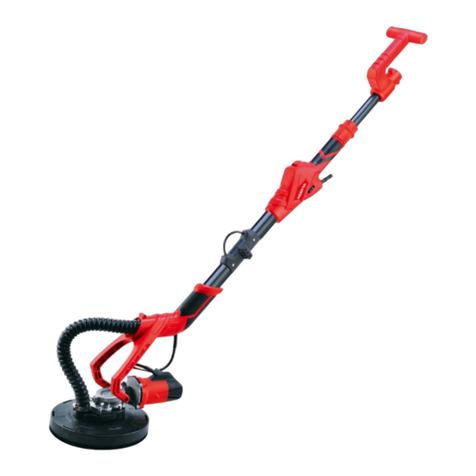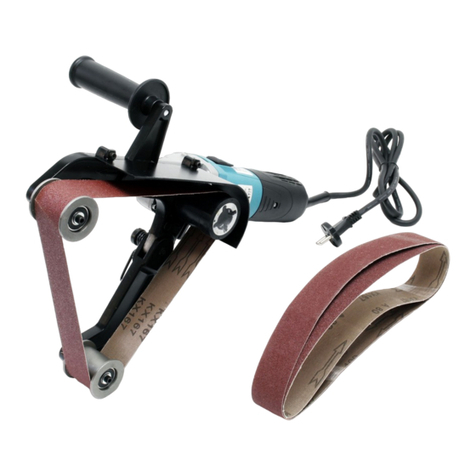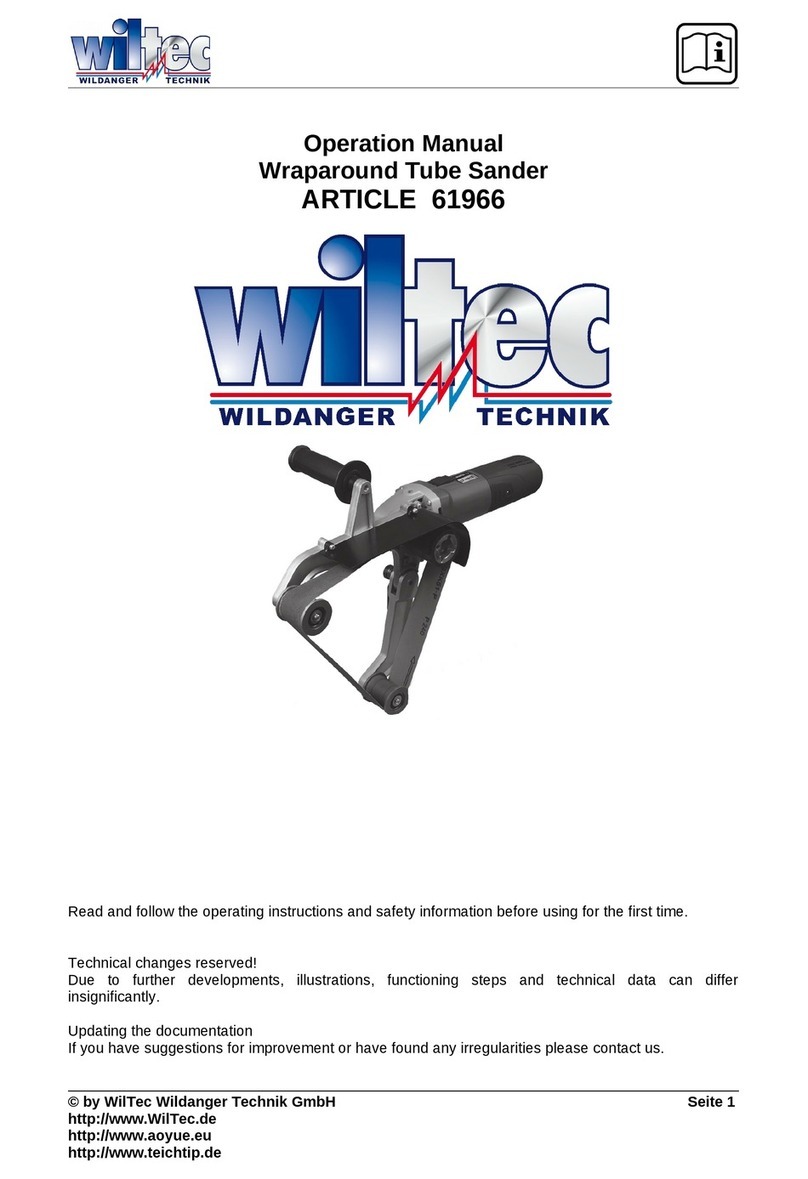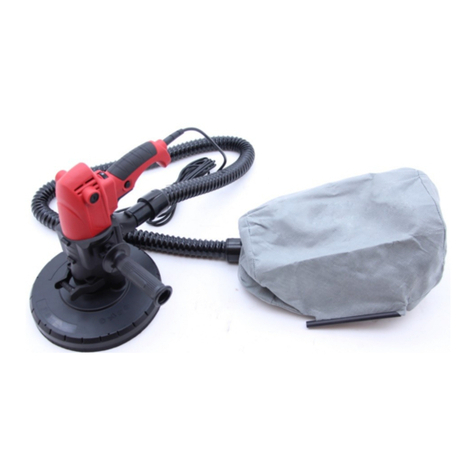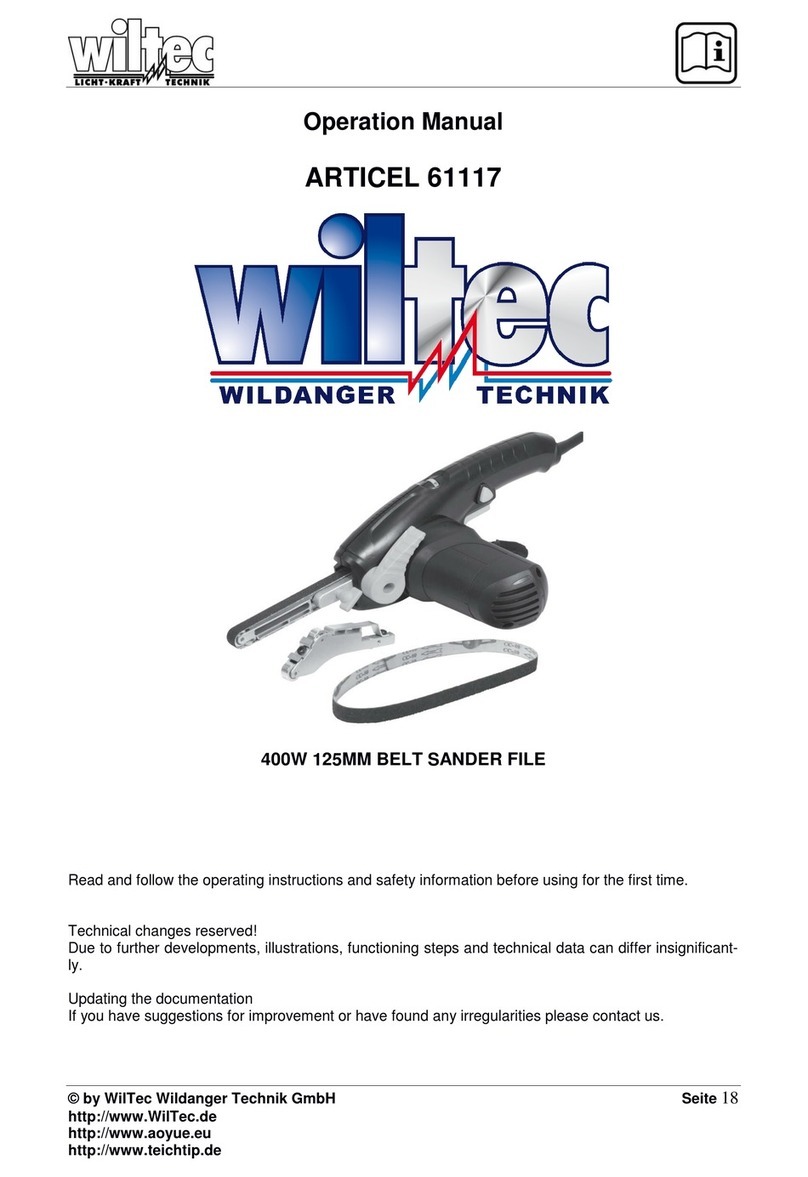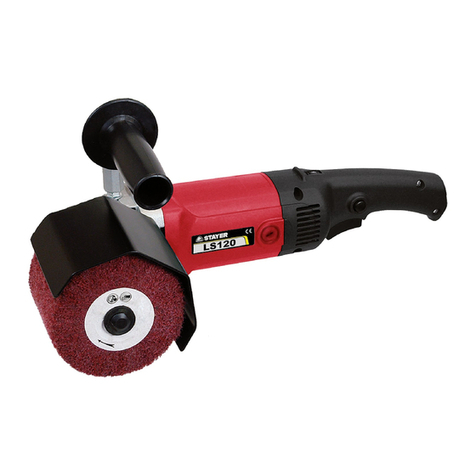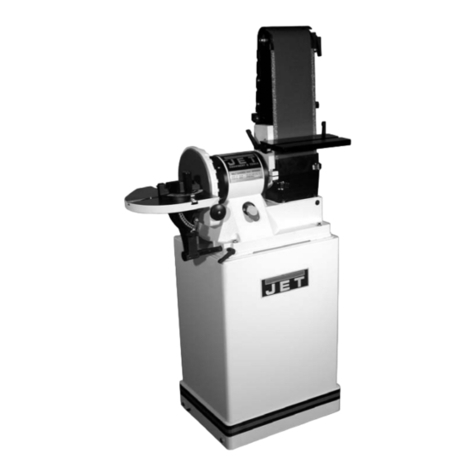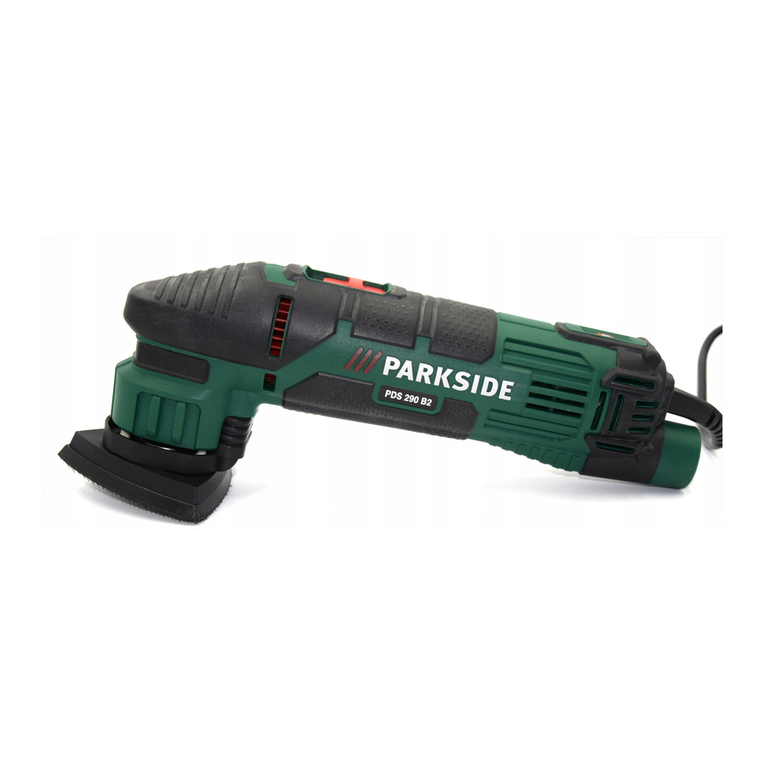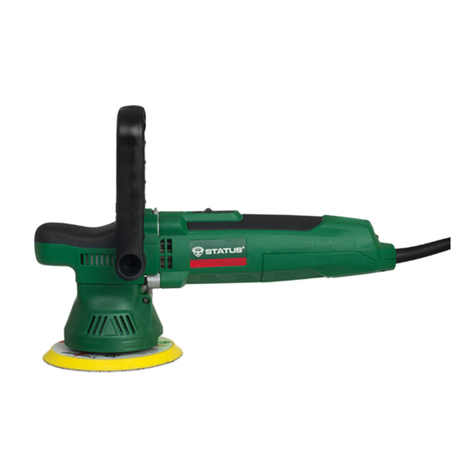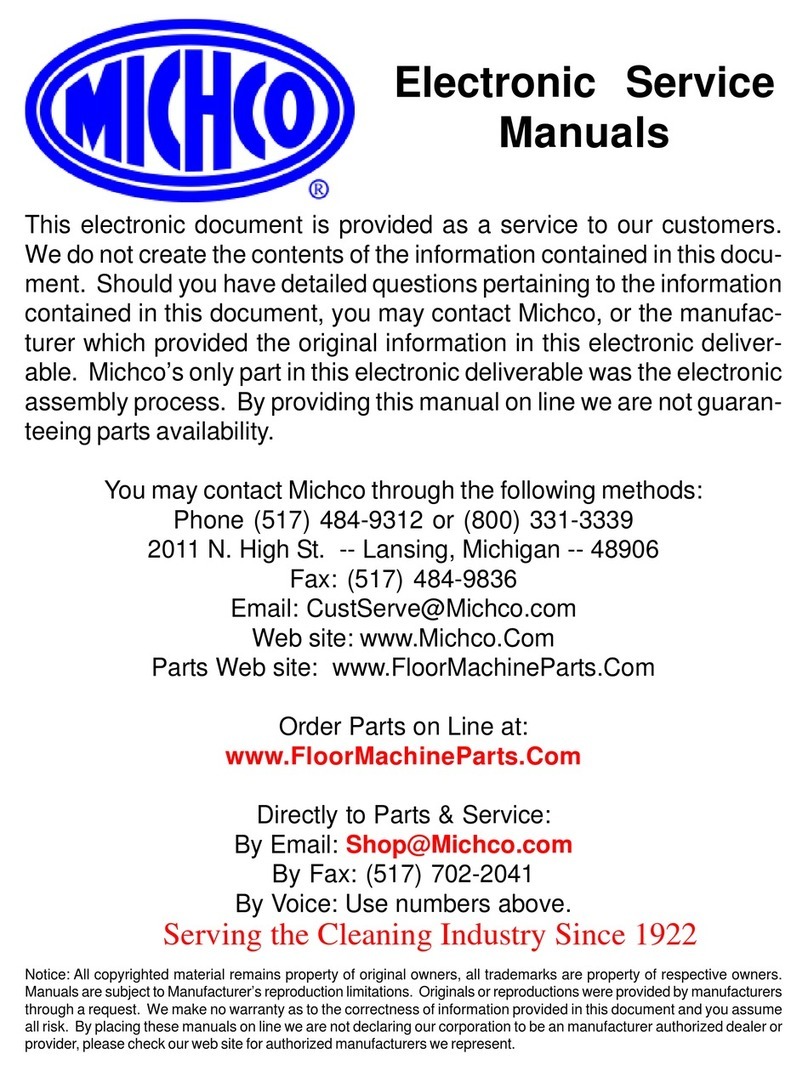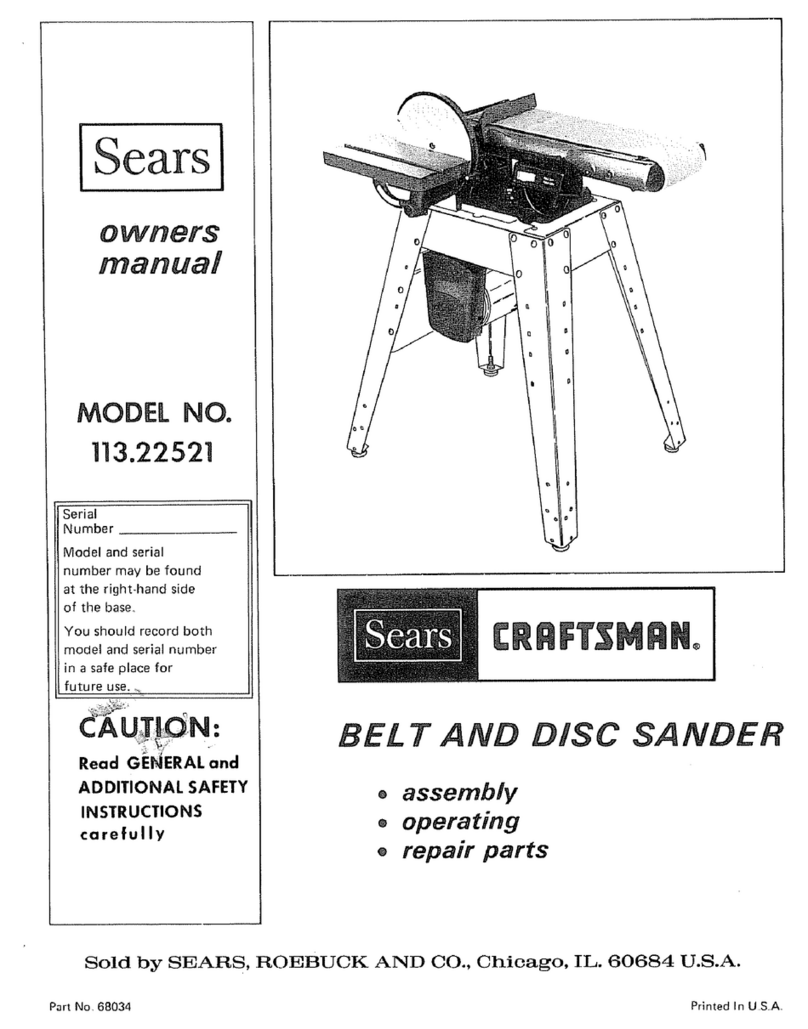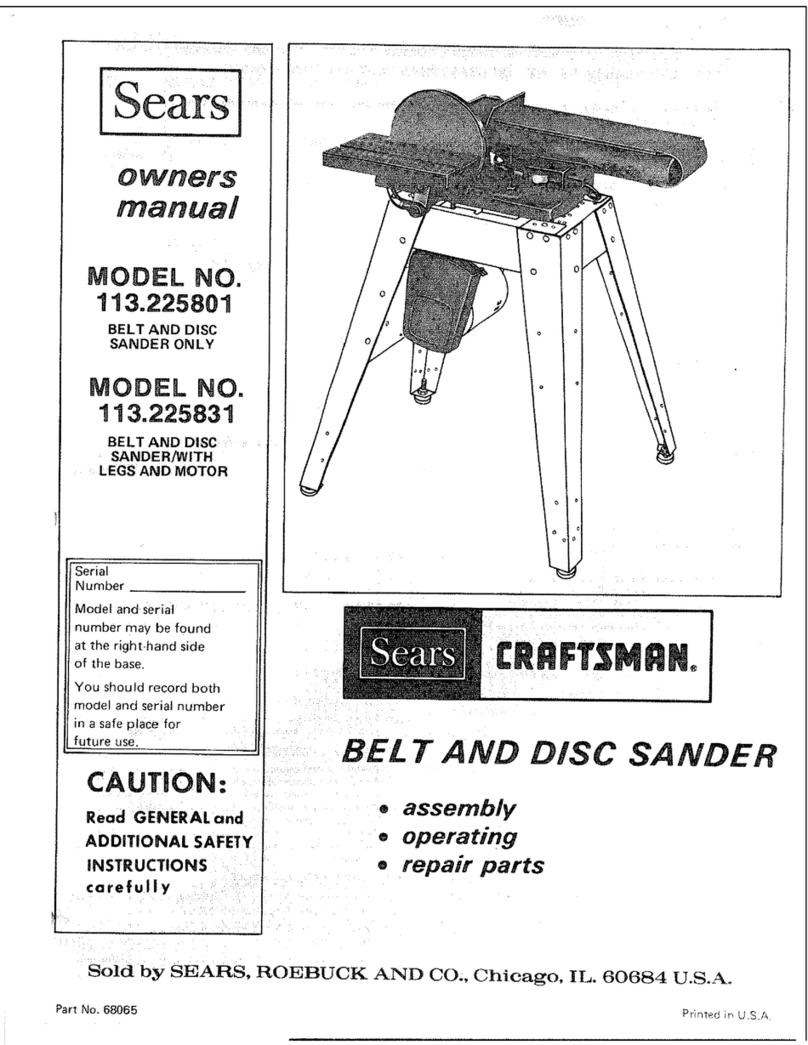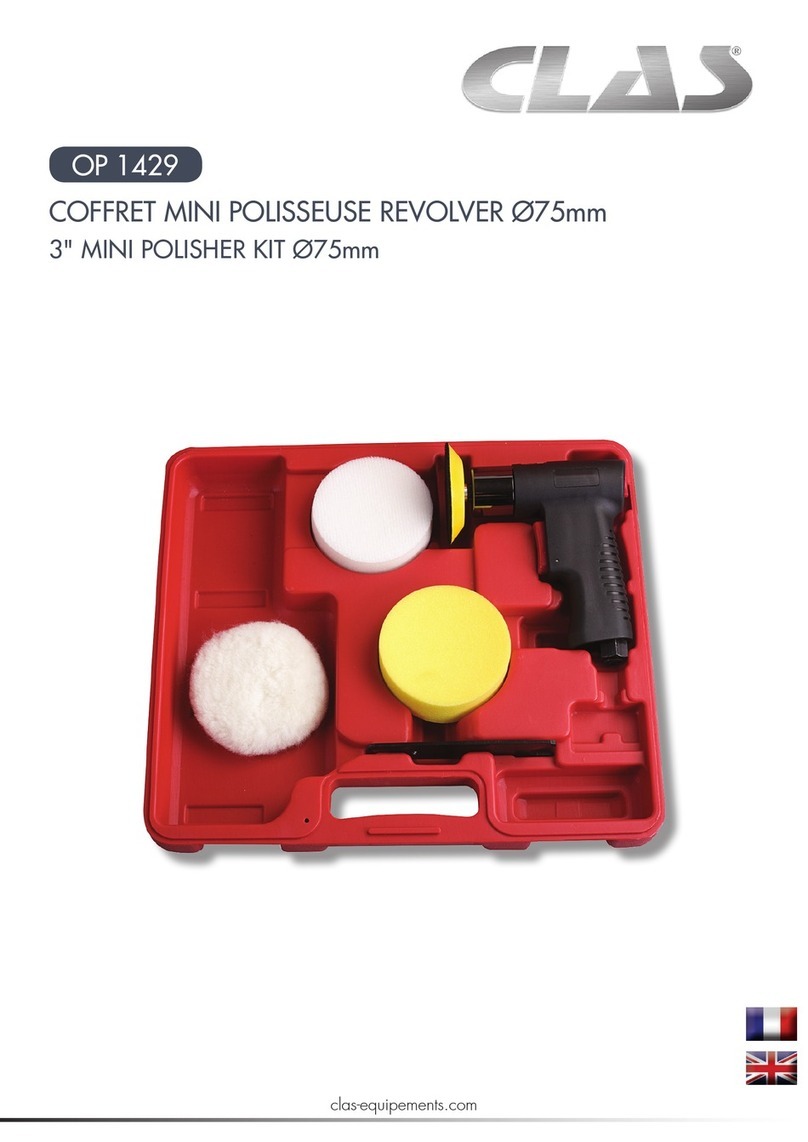© by WilTec Wildanger Technik GmbH Item 61055 Page 6
http://www.WilTec.de
http://www.aoyue.eu 10 2021-1
http://www.teichtip.de
Personal safety
•Fully concentrate on what you are doing and use caution while working with a power tool. Do
not use a power tool if being tired or under the influence of alcohol, drugs, or medicine. The
slightest distraction or inattention can result in serious injury.
•Wear personal protective equipment and always protective goggles. Wearing personal protec-
tive equipment, such as a dust mask, slip-resistant footwear, protective helmet, or ear protection
(depending on the form or use of the power tool) reduces the risk of injury.
•Avoid an unintentional starting up. Make sure that the power tool is turned off before it is plugged
into a power source and/or before a battery is attached or before it is carried or picked up. With
your finger being on the “on” switch while you carry the power tool or with the machine being
plugged in while the switch is in the “on” position, serious injury or accidents can result.
•Remove the adjustment tool or wrench before turning on the power tool. A tool or wrench at a
rotating component of a device can cause serious injury.
•Do not bend too far over. Make sure to have a secure stance and to be able to maintain balance.
As a result, it will be easier to control the power tool in unexpected situations.
•Wear proper clothing. Do not wear wide clothing or jewellery. Keep hair, clothing, and gloves
away from moving parts. Loose clothing, jewellery, or long hair could get caught by the moving
parts.
•If a dust extractor or receptor can be attached, make sure that such a device is attached and
used properly. Use of a dust extractor can reduce the dangers of dust particles.
Careful handling while using power tools
•Do not overload the machine. Use the correct tool for the job. Work better and safer with the
correct power tool and within the power capacity range.
•Do not use a power tool whose power switch is defective. A power tool that can no longer be
turned on or off is dangerous and must be repaired.
•Pull the plug out of the outlet and/or remove the battery before making adjustments to the ma-
chine settings, changing parts, or storing the machine. These extra measures will help prevent
any unexpected starting of the power tool.
•Keep unneeded power tools out of the reach of children. Do not allow the power tool to be used
by a stranger or by persons who have not read this instruction manual. Power tools are danger-
ous when they are used by inexperienced persons.
•Take care of your power tool. Check to make sure that moving parts are functioning properly
and not locking or jamming, if parts are broken or damaged in such a way that the mode of
operation of the power tool is affected. Have damaged parts repaired before using the machine.
Many accidents are caused by poorly maintained power tools.
•Keep cutting edges sharp and clean. Properly maintained cutting tools with sharp cutting edges
are less prone to jamming or locking and are easier to handle.
•Use the power tool, its accessory parts, and replacement parts in accordance with these in-
structions. Consider the working conditions and the task at hand. Using a power tool for a pur-
pose other than its intended use can lead to dangerous situations.
Service
Only have the power tool repaired by qualified persons and only with the original replacement parts in
order to ensure that the safety of the machine is maintained.
Warnings!
•While working with this tool, the dust generated can be dangerous to your health. While working
with a sander, always wear eye protection and a dust mask. Do not work with material containing
asbestos, which is known to cause cancer.
•Special caution must be taken while sanding material containing lead:
◦All persons working with the machine or entering the workspace must wear a special mask
for protection from lead colours and steam.
